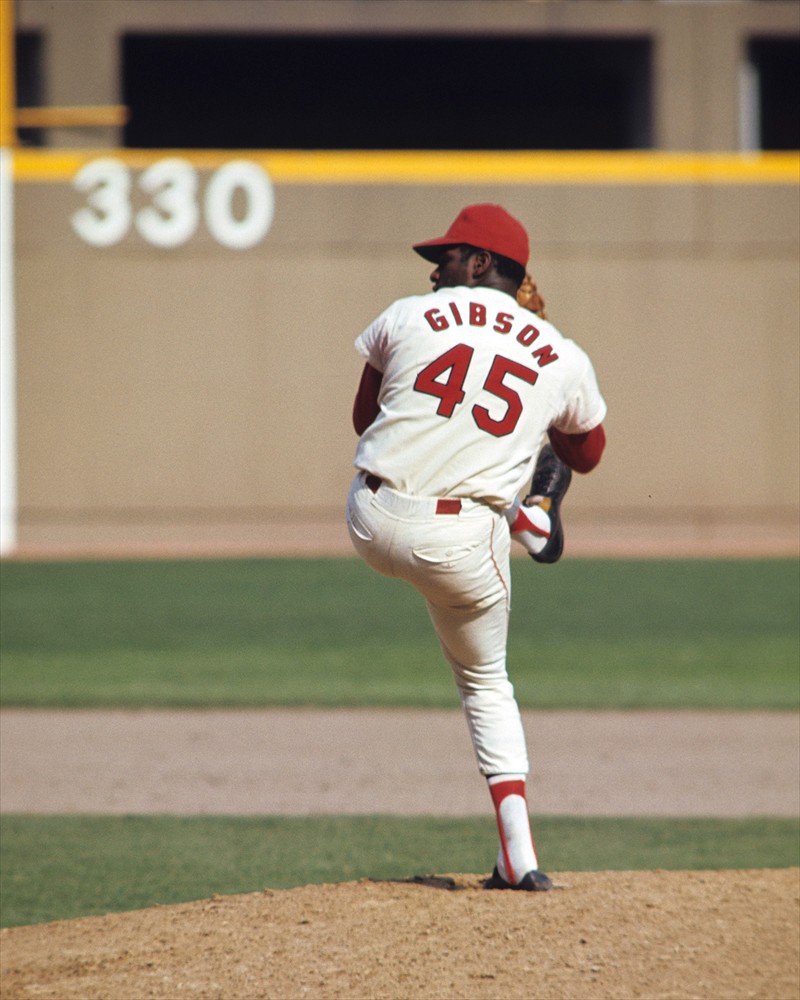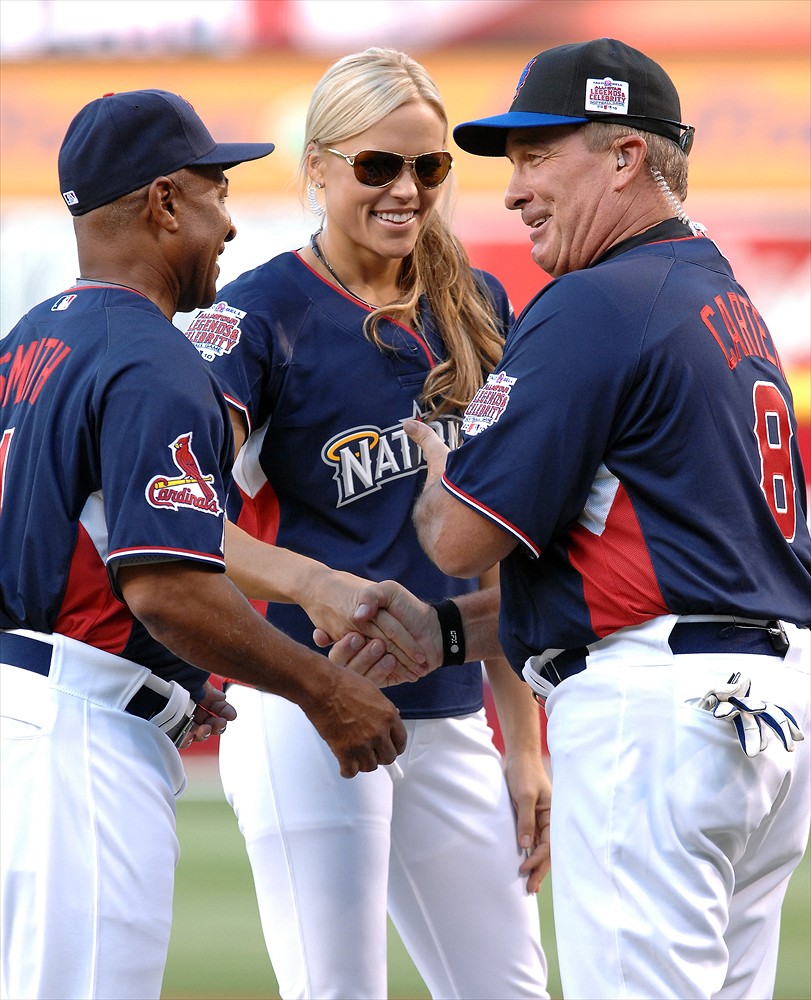At Andy’s suggestion (see comment #17 here), I did a quick-and-dirty study of late-career walk rates for players who finished with around 3,000 hits.
The hypothesis to be tested is that players approaching both 3,000 hits and the end of their career tend to walk less often than they did before.
Included in the study were 30 players who wound up with 2,800 to 3,200 hits. I excluded those whose careers ended before “3,000 hits” became an iconic target (i.e., Sam Crawford and Willie Keeler).
I calculated their walk rates (BB per 700 PAs) for 4 periods:
- Career minus their last 3 seasons;
- Last 3 seasons;
- Last 2 seasons; and
- Last season.
Any period with less than 200 PAs is presented as “n/a” in the table. (Apologies for the table formatting, which I can’t seem to control.)
Walk Rates for Players Who Finished with 2,800 – 3,200 Hits
Over all, I do not see a consistent pattern that would confirm the hypothesis. But the following players did have a marked decline in walk rate in their later years:
Compared to the 3 preceding years, Cal Ripken‘s walk rate fell by 54% in 1999, the year when he would have reached 3,000 hits if not for a couple of DL stints. (He got hit #2,991 in game #149, but played no more that year.) Ripken averaged 57 BB/700 PAs for the preceding 3 years, but that rate fell to 26 in 1999 (13 walks in 354 PAs). If he was pressing, though, it sure didn’t affect his hitting — his .340 BA, .584 SLG and .952 OPS were all career highs, and his SO rate was a couple of % points below his career rate.
Ripken got hit #3,000 in the 10th game of 2000. In the previous 9 games, he drew a normal 4 walks in 39 PAs.
George Brett‘s walk rate fell 46% from the prior 3-year average in 1992, the year in which he reached 3,000 hits on Sept. 30 with a 4-hit game. Brett averaged 71 BB/700 for the prior 3 years, but just 38 that year. And his BB rate was even lower in the run-up to that game — 7 walks in 229 PAs from August 1 to Sept. 30, and none at all in the 20 games immediately before the big one.
After a sterling ’92 capped by a go-ahead hit in WS game 7, Dave Winfield began 1993 needing 134 hits for 3,000, having averaged 72 BB/700 PAs for the previous 3 years. That rate fell to 53 in 1993, but coincided with a general decline in performance. There was no particular variance in his walk rate in the 20 to 50 games leading up to hit #3,000.
Craig Biggio began 2007 needing 70 hits for 3,000, having averaged just 42 BB/700 PAs for the prior 3 years (already well below his previous career average of 71). In 2007, his final year, Biggio’s walk rate dropped further, to 29 BB/700 PA. In the 30 games culminating in hit #3,000 (and a baserunning boo-boo), Biggio was hacking to the tune of 3 walks and 26 Ks in 118 PAs.
Well, I was going to write up a few more, but I ran out of time….




